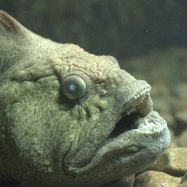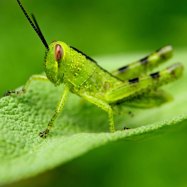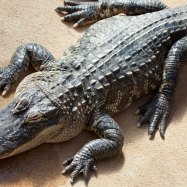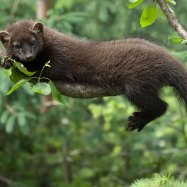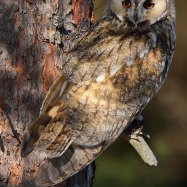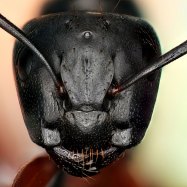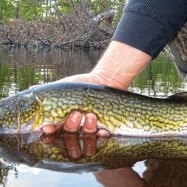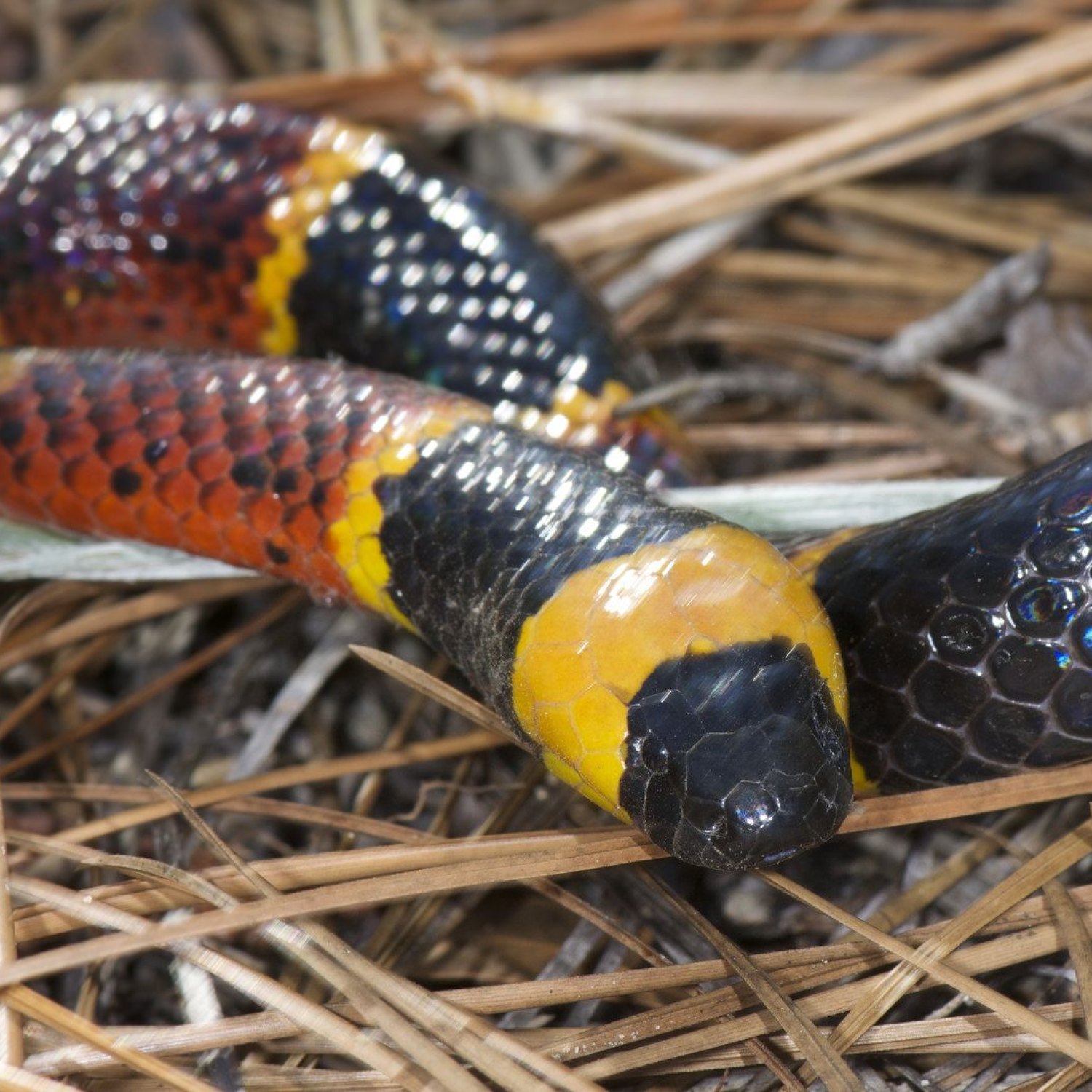
Coral Snake
20-30 inches
The colorful and venomous Coral Snake can be found slithering through the Eastern United States. With a length of 20-30 inches and a slender body shape, this member of the Elapidae family has a small, pointed head. Keep an eye out for this beautiful but dangerous reptile in its natural habitat. #Coralsnake #EasternUS #Elapidae
Animal Details Summary:
Common Name: Coral Snake
Kingdom: Animalia
Habitat: Woodlands, forest edges, marshes, and sandy coastal areas
The Elusive and Fascinating Coral Snake: A Hidden Gem of the Eastern United States
Hidden away in the depths of the woodlands, forest edges, and marshes of the eastern United States, lies a truly fascinating and unique creature – the Coral Snake. This elusive creature is a master of camouflage and is rarely seen by the average person. However, once discovered, it captivates audiences with its distinctive coloration, slithering movements, and intriguing behaviors. In this article, we will dive into the world of the Coral Snake, uncovering its key features, habits, and role in the ecosystem Coral Snake.The Basics of the Coral Snake
Let's start with some basic information about the Coral Snake. Its scientific name is Micrurus fulvius, and it belongs to the kingdom Animalia, the phylum Chordata, and the class Reptilia. It is part of the order Squamata, which includes other snakes, lizards, and amphisbaenians. The family it belongs to is Elapidae, which is known for its highly venomous snakes, including the Cobras and Mambas. The Coral Snake is no exception and is considered to be one of the most venomous snakes in North America.Habitat and Distribution
The Coral Snake can be found in a variety of habitats, including woodlands, forest edges, marshes, and sandy coastal areas. It prefers to live in areas with dense vegetation and is often found under logs, rocks, and leaf litter. In terms of distribution, it is unique to North America, specifically the eastern United States. Its range extends from southern North Carolina, south to Florida, and west to eastern Texas California Condor. Within this range, it is most commonly found in the states of Georgia, South Carolina, and Florida.Distinctive Coloration and Body Shape
One of the most striking features of the Coral Snake is its distinctive coloration. This snake has a pattern of red, yellow, and black bands, which can vary in intensity and thickness. The bands are arranged in a specific order – a thick black band, followed by a thin yellow band, and then another thick black band. This is followed by a thin red band and then another thin yellow band. This pattern continues throughout the snake's body, and it can have anywhere between 23-25 band sets.The coloration of the Coral Snake is known as aposematic coloration, meaning it serves as a warning to potential predators that the snake is venomous. The bright colors act as a deterrent, and potential predators are less likely to attack thinking it is not worth the risk. This is known as Batesian mimicry, where a harmless species mimics a dangerous one to gain protection.
In addition to its distinctive coloration, the Coral Snake has a slender body with a small, pointed head. Its body shape allows it to move effortlessly through the dense vegetation, making it a master of camouflage. Its head is also unique, with a slightly upturned snout and round eyes. These features, combined with its coloration, make it a truly fascinating sight to behold.
Feeding Methods and Diet
As a carnivorous species, the Coral Snake feeds on a variety of prey, including small mammals, lizards, frogs, and other snakes. It is skilled at hunting and uses its venom to immobilize its prey. The Coral Snake has two small fangs at the front of its mouth, through which venom is injected into its prey. Its venom contains neurotoxins that paralyze its victim, allowing the snake to easily consume it.Interestingly, the Coral Snake does not have a well-developed sense of smell and relies on its vision to hunt. It may spend hours patiently waiting for its prey to appear, using its coloration as camouflage to blend into its surroundings. It then strikes with lightning speed, injecting its venom and quickly consuming its meal.
The Importance of the Coral Snake in the Ecosystem
Like all species, the Coral Snake plays a vital role in the ecosystem. As an apex predator, it helps to control the populations of its prey, ensuring a healthy balance in the food chain. Additionally, the Coral Snake is a food source for many other species, including birds of prey, other snakes, and larger mammals. Its presence in the ecosystem also helps to maintain the biodiversity of the area.Moreover, the Coral Snake's habitat, which includes woodlands and marshes, provides crucial ecosystem services such as purifying water, storing carbon, and regulating climate. Its presence is an indicator of a healthy and functioning ecosystem, which is essential for the well-being of all living things.
Interaction with Humans
Due to its highly venomous nature, the Coral Snake has a certain level of fear associated with it. However, it is a shy and elusive creature and will only strike in defense if provoked. In fact, it is estimated that less than 1% of Coral Snake bites result in serious envenomation. Nevertheless, it is important to take caution and avoid handling this snake if encountered in the wild.Sadly, the Coral Snake's population is declining due to various factors, including habitat destruction and fragmentation, road traffic, and intentional persecution. This highlights the need for conservation efforts to protect and preserve this species for future generations to appreciate.
In Conclusion
The Coral Snake is a hidden gem of the eastern United States, with its striking coloration, slender body, and fascinating behaviors. It plays a vital role in the ecosystem and is a crucial indicator of a healthy and functioning environment. As humans, it is our responsibility to protect and conserve this species, allowing it to thrive and continue to captivate us with its beauty and mystery. So, the next time you are exploring the woodlands or marshes of the eastern United States, keep your eyes peeled – you may just catch a glimpse of the elusive and fascinating Coral Snake.

Coral Snake
Animal Details Coral Snake - Scientific Name: Micrurus fulvius
- Category: Animals C
- Scientific Name: Micrurus fulvius
- Common Name: Coral Snake
- Kingdom: Animalia
- Phylum: Chordata
- Class: Reptilia
- Order: Squamata
- Family: Elapidae
- Habitat: Woodlands, forest edges, marshes, and sandy coastal areas
- Feeding Method: Carnivorous
- Geographical Distribution: North America
- Country of Origin: United States
- Location: Eastern United States
- Animal Coloration: Distinctive pattern of red, yellow, and black bands
- Body Shape: Slender with a small, pointed head
- Length: 20-30 inches
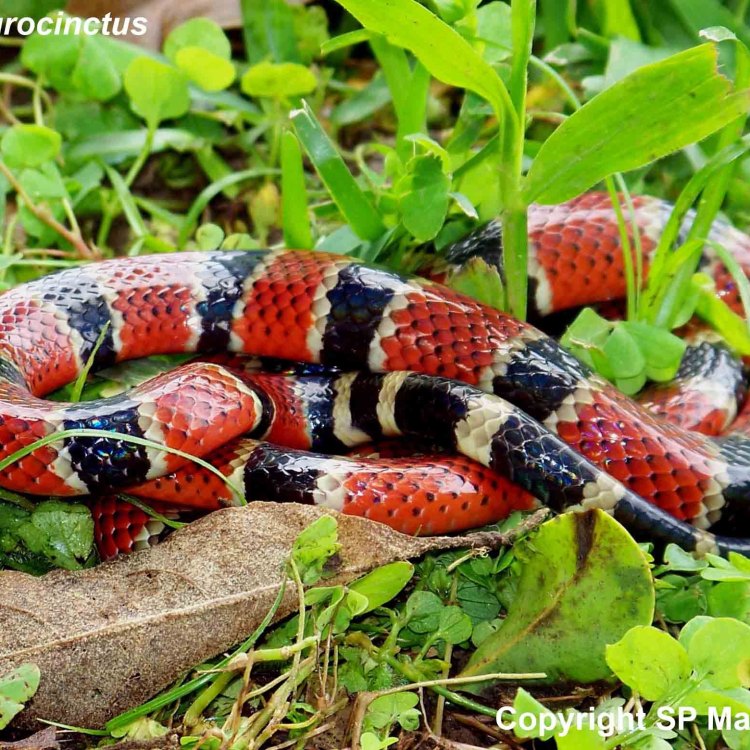
Coral Snake
- Adult Size: 20-30 inches
- Average Lifespan: 5-7 years
- Reproduction: Sexual
- Reproductive Behavior: Females lay eggs in nests
- Sound or Call: No sound or call
- Migration Pattern: Non-migratory
- Social Groups: Solitary
- Behavior: Nocturnal
- Threats: Habitat loss, persecution, and collection for the pet trade
- Conservation Status: Least Concern
- Impact on Ecosystem: Helps control populations of small rodents
- Human Use: No direct human use
- Distinctive Features: Brightly colored bands of red, yellow, and black
- Interesting Facts: Coral snakes are highly venomous but rarely bite humans due to their shy nature
- Predator: Birds, small mammals, and other snakes
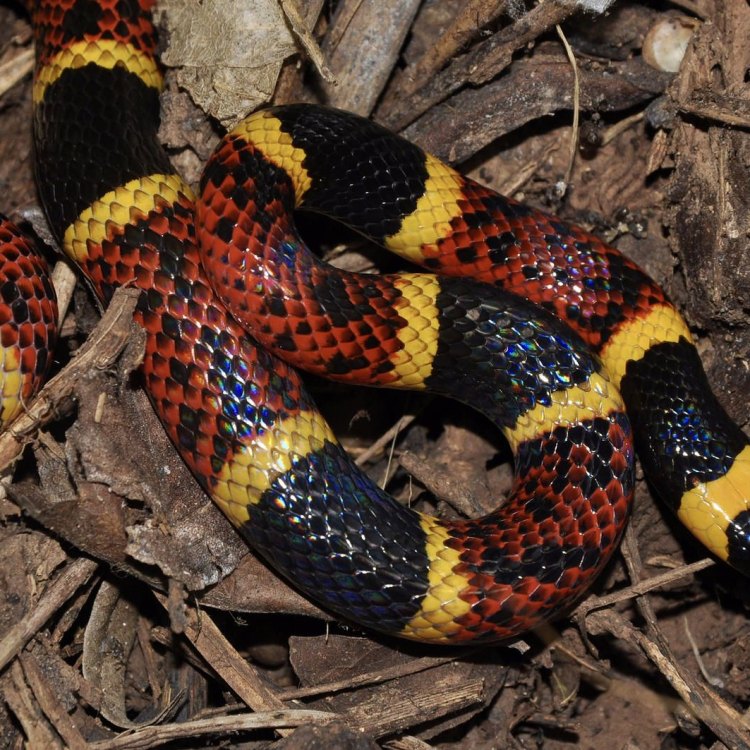
Micrurus fulvius
The Colorful and Mysterious Coral Snake – A Critical Member of our Ecosystem
The animal kingdom is filled with a diverse array of creatures, each with their unique features and qualities. Some are feared, while others are celebrated for their beauty and uniqueness. One such creature that embodies both fear and fascination is the coral snake.Coral snakes belong to the Elapidae family, which also includes other venomous snakes like cobras and mambas PeaceOfAnimals.Com. They are native to North and South America, with the majority of their species found in the southeastern United States. These elusive creatures have captured the attention of scientists, nature enthusiasts, and even the average person, with their strikingly beautiful and distinctive appearance.
Adult coral snakes can grow up to 20-30 inches in length, making them one of the smaller venomous snakes. They have a slender body with a small head and round pupils. Their most distinctive feature is their brightly colored bands of red, yellow, and black. The order of these bands varies according to species, but they all share these striking colors. Due to this, coral snakes are often mistaken for their non-venomous lookalikes, the milk snakes and king snakes.
Despite their venomous nature, coral snakes very rarely bite humans. This is because they are shy and non-aggressive creatures, preferring to flee when encountered Christmas Beetle. However, their venom is extremely potent, and a coral snake bite can be fatal if left untreated. This has added to their mystique, as they are both feared and respected.
Coral snakes have an average lifespan of 5-7 years in the wild. They are solitary creatures, mostly active at night, making them elusive and challenging to study. Their nocturnal behavior and tendency to burrow underground also make them hard to spot in their natural habitat, adding to their air of mystery.
Like many reptiles, coral snakes reproduce sexually. During the breeding season, males will engage in a courtship ritual to attract females. This behavior involves them intertwining their bodies and performing a dance-like movement. Once a male has successfully mated with a female, she will lay her eggs in nests, usually in a secluded spot like under rocks or logs.
Habitat loss, persecution, and collection for the pet trade are some of the major threats to coral snakes. As human populations expand, the natural habitats of these creatures are destroyed, leaving them with fewer places to hide and hunt. They are often killed out of fear or collected for the exotic pet trade, which further depletes their numbers in the wild.
Despite these threats, coral snakes are currently listed as "Least Concern" on the IUCN Red List of Threatened Species. This may be due to their wide distribution and ability to adapt to different habitats. However, it is essential to monitor their populations and implement conservation measures to prevent any decline in their numbers.
One of the critical roles coral snakes play in our ecosystem is helping control rodent populations. These elusive creatures feed on small rodents like mice, rats, and shrews, which can cause significant damage to crops and spread diseases. By keeping these populations in check, coral snakes contribute to the delicate balance of their ecosystem.
While coral snakes have no direct human use, they are an essential part of our ecosystem. Their presence serves as an indicator of the overall health of their habitats and can help us understand the impact of human activities on these delicate ecosystems. As such, it is crucial to protect and conserve these creatures for the sake of our environment.
In addition to their distinctive appearance and ecological importance, there are some other interesting facts about coral snakes that make them even more intriguing. For example, they are one of the few snakes that lay eggs rather than giving birth to live young. Also, their venom is primarily neurotoxic, meaning it attacks the nervous system, which can lead to respiratory failure and death.
Coral snakes also have a unique defense mechanism, often called "cryptic behavior." When threatened, they will tuck their heads under their coils and expose their brightly colored bands, which act as a warning to potential predators. This behavior is commonly known as "aposematic coloration," and it's a way for these snakes to protect themselves without having to use their venom.
Speaking of predators, coral snakes do have some natural enemies. Birds, small mammals, and other snakes, including kingsnakes and racers, are known to prey on coral snakes. However, due to their elusive nature and cryptic behavior, they are not an easy catch for these predators.
In conclusion, the coral snake is a remarkable creature that possesses beauty, danger, and mystery. Their distinctive coloration, unique behaviors, and critical role in our ecosystem make them a fascinating species to study and admire. As we continue to learn more about these elusive creatures, it becomes clear that they are deserving of our attention and protection. Let us appreciate and conserve the coral snake, for it is a vital member of our ecosystem.
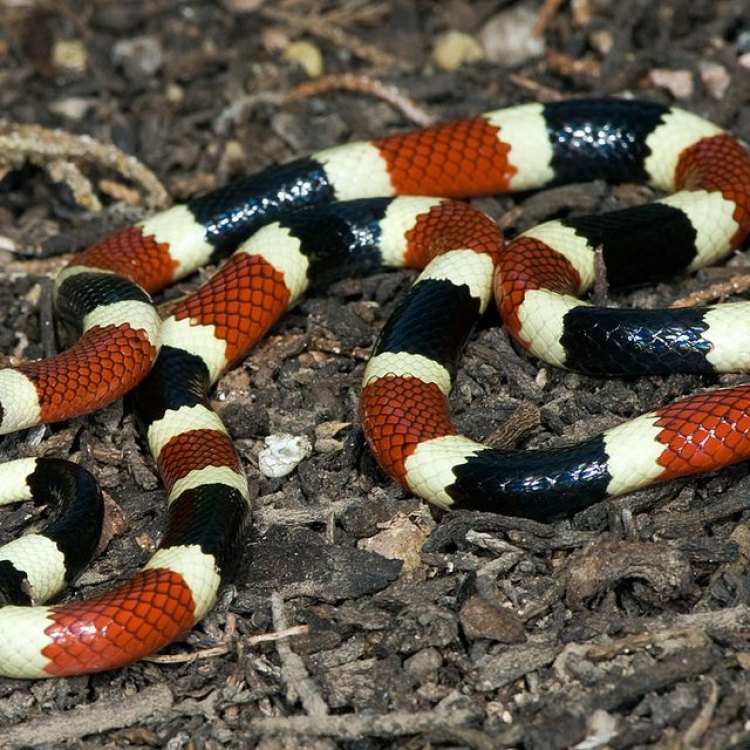
The Elusive and Fascinating Coral Snake: A Hidden Gem of the Eastern United States
Disclaimer: The content provided is for informational purposes only. We cannot guarantee the accuracy of the information on this page 100%. All information provided here may change without prior notice.

